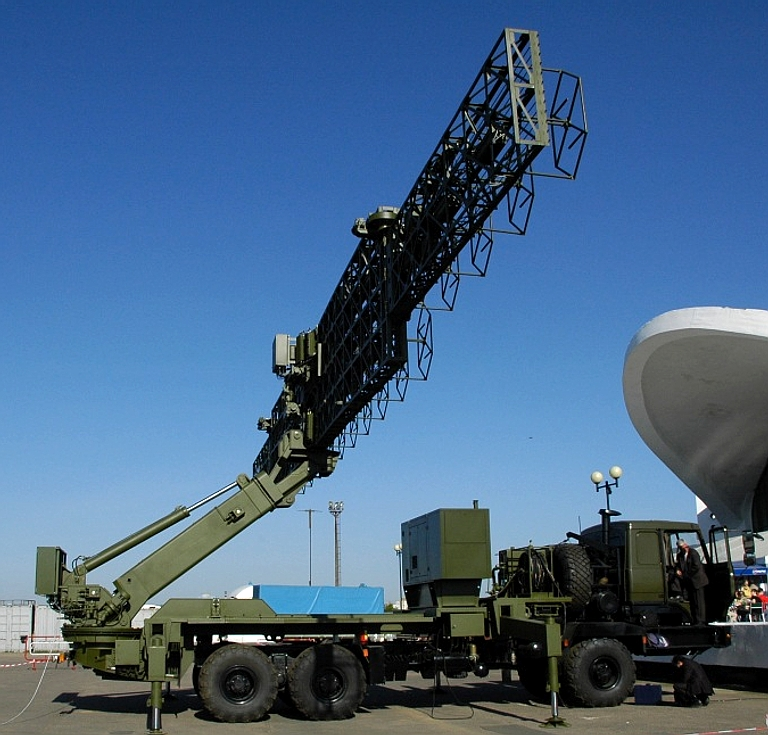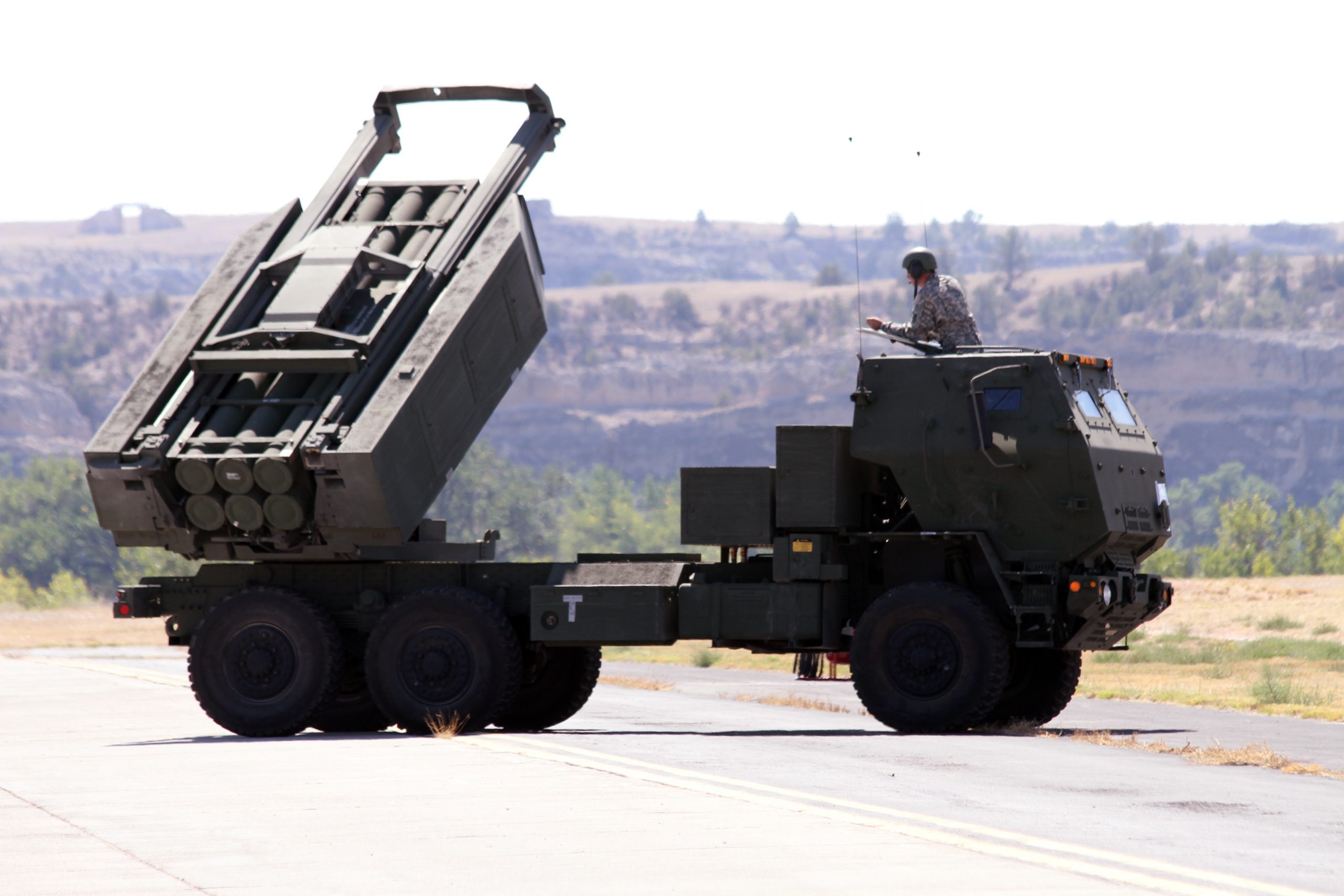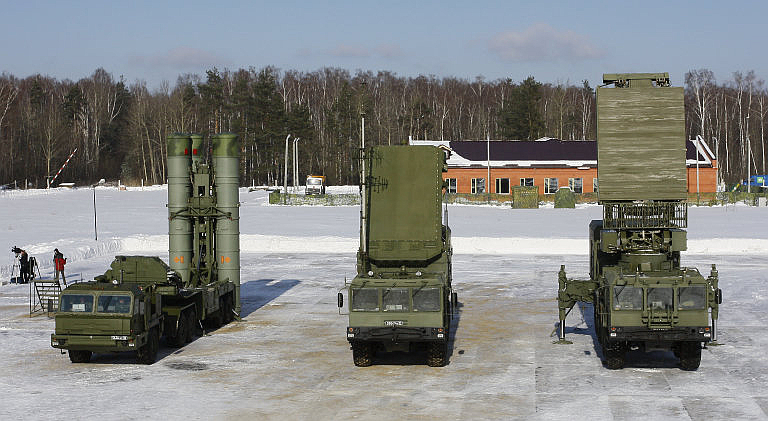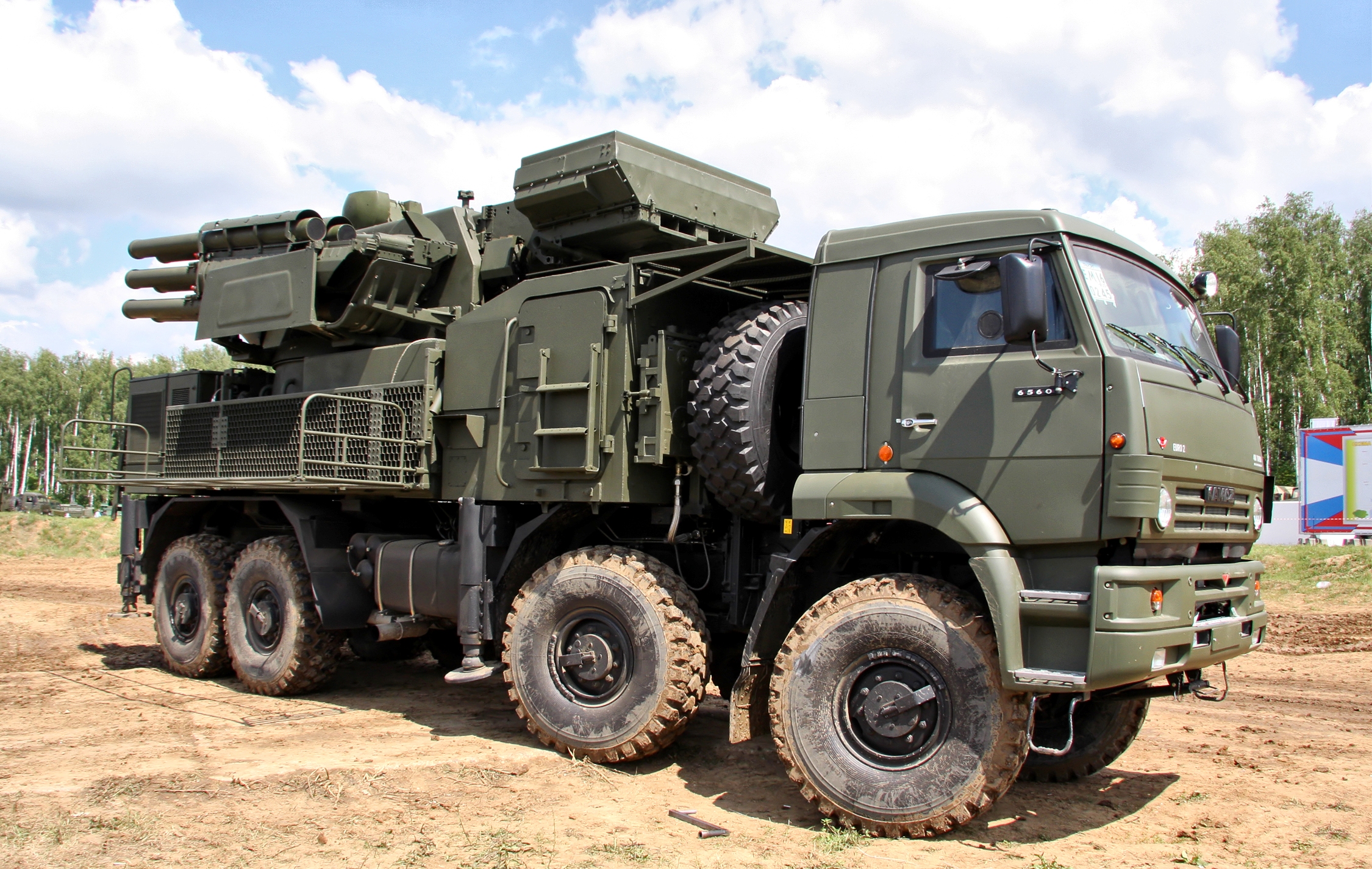
Anti-Access Area Denial (A2AD) has taken on significant importance as military minds reset to peer-to-peer conflict from two decades of asymmetric warfare.
Anti-Access Area Denial (A2AD) is essentially a defence in depth translated into three dimensions and applied to land, sea and air domains. It features layers of overlapping and mutually supporting defensive systems which an attacking opponent is forced to deal with in succession.
While the concept of defence in depth is not new in itself, the difference is being made by the distance at which these systems can be employed, as well as their sophistication. A few decades ago artillery had a maximum range of 15-20, kilometres and an accuracy of 100 meters, today’s tube guns are reaching more than double that range with precision guided projectiles that will reliably hit within a few metres.
Air defence systems include powerful radar that can detect and track multiple threats beyond the horizon and intercepting missiles that can engage incoming aircraft several hundred kilometres away. Plus, anti-ship missiles sufficiently compact to be mounted on trucks and small, fast and ‘smart’ naval vessels that can autonomously identify and hit specific ships. These are coupled with advances in electronics and data communications which allow the various components of such a defensive complex to be integrated and coordinated. This complex defence, now called A2AD, is one of the most significant operational developments facing any military force.
Supporting this US Army General Mark A. Milley, then the Army Chief of Staff and now Chairman of the US Joint Chiefs of Staff, writing in the foreword to TP525-3-1, the Army’s conceptual guidance for Multi-Domain Operations, states “The military problem we face is defeating multiple layers of standoff in all domains in order to maintain the coherence of our operations.”
Yet, this statement reflects a single sided view of A2AD’s possibilities and contribution. It sees it only as a threat to be overcome while it is, in fact, another tool of warfare that can be employed to advantage. It is also the shield that allows use of the sword.
Cross-domain Defence
Advances in the sensors and weapons, together with the ability to efficiently integrate them are mobile and able to be deployed worldwide. A typical A2AD complex is both tactical and operational in scope. Its components consist of sensors to detect, track and assist in targeting; the weapons themselves; and often a contingency response (counter-attack) capability. The Center for Strategic and International Studies (CSIS) Missile Defence Project’s 2018 Report states: “Rockets, artillery, and mortars (RAM), cruise missiles, and even manoeuvring hypersonic boost glide delivery systems now form the complicated 21st century strike complex with which US, allied, and partner nations must contend.”
A2AD Sensors
The first layer of an A2AD defence focuses on sensors to provide information on the location, movement and composition of the threats. Even the most sophisticated weapon systems defences cannot complete their mission effectively without the ability to see their target. Radar is generally relied upon for long distance detection of both surface and air threats. The challenge for these systems is in detecting and targeting threats without themselves being jammed or be targeted.
Coastal radar is gaining increased attention. “Terma A/B Scanter radars”, Mark Mahoney director of business development shared,”provide fully automatic volume surveillance and early detection and tracking of multiple simultaneous air and surface targets. With an extended horizontal detection range of up to 96 nautical miles, one Scanter radar can cover up to 98.000km².” For closer coverage the French Army in March 2019 acquired Thales Coast Watcher 100 radars to provide low-altitude surveillance. A Thales spokesperson stated: “This X-band long-range radar can even detect small objects such as inflatables, small craft, and low flying aircraft at ranges beyond 35nm (65km).
Aerial surveillance requires even further reach. L3Harris’ AN/SPS-48G(V)1 radar is a variable configuration, high performance, three-dimensional, long range air surveillance radar used for detection and tracking of aircraft and missiles. L3Harris claims that “its high transmit power combined with simultaneous pencil beam transmissions provide over 200nm detection range in all operational environments including heavy jamming.” The radar is available in fixed site, transportable or shipboard configurations. The active electronically scanned array 3-dimensional air search TPS-77 MMS Multi-Role Radar from Lockheed-Martin with a 250nm (470km) range is the most transportable of the family making it ideal for A2AD use.

Providing adequate search for forward deployed forces is the Northrop-Grumman AN/TPS-80 G/ATOR. An advanced Active Electronically Scanned Array (AESA) three-dimensional, multi-mission radar, it leverages GaN to provide comprehensive real time, full-sector, and 360-degree situational awareness against a broad array of threats. It is designed to detect, identify, and track cruise missiles, manned aircraft and unmanned aerial vehicles as well as rockets, mortars and artillery fire, yet is fully expeditionary and sets-up in 45 minutes. Another highly mobile unit is the Giraffe Agile Multi Beam (AMB) from SAAB, a true three-dimensional search radar, specifically for short- and medium-range surface to air missile systems. It combines surveillance with its Command, Control, Communications, and Intelligence (C3I) functionality providing a swift understanding of the air situation, enabling immediate responses to changing threats and shifting operational conditions. The Vera surveillance system by ERA in the Czech Republic is also of interest. It can detect stealth aircraft using TDOA mechanics, making it one of only a few radars worldwide with this capability. Plus, it is a passive, not active, system meaning that does not emit and electromagnetic radiation meaning it can remain hidden from counter-measures.
Very Low Observable (VLO) or ‘stealth’ aircraft and ship designs are a serious threat to A2AD defences. Russia and the Peoples Liberation Army (PLA) have leaned to low band radars like the Nebo SVU AESA and KB Radar (Agat) Vostok D/E which have greater ability to detect these threats. Dr. Carlo Kopp, AFAIAA, SMIEEE, PEng in an Air Power Australia technical report reflected: “Their required antenna size results in ungainly systems which are usually slow to deploy and stow (often as long as 24 hours), even if designed from the outset for mobility. The size and high power emissions of these radars often limit mobility making them easier to detect and destroy.” In fact, the VLO threat has lead to the development of Nebo M which combines derivatives of three existing NNIIRT 3D radars: the VHF band Nebo SVU, the L-band Protivnik G and the S/X-band Gamma S1 to counter aircraft like the F-35. They, thus, become important assets to be protected.

Long Range Sea/Surface Attack
The A2AD defence seeks to engage both surface and aerial targets at maximum stand-off. Long range missiles like the Russian K-300P Bastion-P and K-35 Bal-E, Kongsberg Naval Strike Missile (NSM) and SAAB’s RBS-15 MkIII and Mk IV Gungnir are ideal in that they have the mobility provided by their truck mounting, can be ready to fire in minutes, can be dispersed up to 25km from their command centres, and have multi-target capability.

Miguel Svenson, director, Technical Sales Support at Saab Dynamics explained that “the Gungnir is ideally suited for precision attack with a data link that allows retargeting in flight, anti-jamming GPS and advanced target discriminating seekers.” The RBS-15, the NSM, and BAL can be fired from aircraft, ships or ground launchers. These missiles have been widely deployed with Russia, Vietnam, North Korea, and a number of countries on the Baltic Sea as part of an integrated network. Mitsubishi Heavy Industries has also developed the Type 88 a land-based version of the air-launched Type 80 (ASM-1) and ship-launched Type 90 (SSM-1B) missile for the Japanese Self Defence Forces. An improved version, the Type 12, features INS with mid-course guidance and targeting, Terrain Contour Matching and target discrimination capabilities. Lockheed-Martin’s M270 MLRS and M142 HIMARS are the US/NATO ground attack systems with adoption of MGM-140 ATACMS. They may also be receiving an anti-ship capability through the introduction of the NSM onto the platforms.

Defeating Air Attack
An effective air defence is a critical part of A2AD as both attacking air and missiles have been often the primary means used to attempt to degrade it. In fact, anti-air and its associated command/control network are initially the highest priority targets of an attacker. It also relies on a layered approach with longer ranging weapons systems themselves also protected by mid- and closer range systems. For example, batteries of the Russian S-300 and S-400 Triumf, with up to 400km range, are supported by TOR mobile 10-16km short range anti-air missile systems and/or Pantsir missile/30mm auto-cannon systems effective against aircraft or even low level cruise missiles. Russia and, to a lesser degree, China, have built a diverse, redundant and highly credible tactical and operational air defence capability that as yet is not matched by NATO or other militaries. Estonian Defence Minister Jüri Luik, in a 2018 NATO Summit declared “NATO countries have very weak air defence capabilities. This is one of the priority areas, which every [one of the allied] countries should develop.”

The Republic of Korea may come closest to having a viable counter-air capability. It combines the Raytheon MIM-104 Patriot, LIG Nex1 KM-SAM Cheolmai-2 medium, Doosan short/medium range K-SAM Chunma or ‘Pegasus’ (a version of Crotale), and locally developed 7km range KP-SAM Shin-Gung, (Chiron) two-colour (IR/UV) seeker to provide defence against low and medium altitude air attacks. These are complemented by the Hanwha tracked twin 30mm gun/missile equipped tracked Biho and recently unveiled 8×8 Anti-Aircraft Gun Wheeled (AAGW). The reach of these counter-air systems is sufficient to not only address attacking aircraft but to threaten loitering surveillance and control air platforms like AWACS.

Close Defence
The wide spread introduction of precision direct fire weapons and guided indirect fire munitions offer the ‘close-in’ component to A2AD. Projectiles like the 155mm M982 Excalibur give artillery the capability to accurately hit point targets to 40km and beyond. Even conventional rounds are delivered with greater target effect though multiple rounds simultaneous impact (MRSI), made possible with computer controlled auto-laying and auto-loading. Ground launched missiles like Russian 9M133 Kornet, Rafael Spike LR/ER/NLOS, and Raytheon’s Wireless TOW and Fire-and-Forget Javelin can hit point targets at 55-100km.
The coordination of these direct and indirect fires demands response and accurate supporting fires of its own. The denial of these is another purpose of the other A2AD elements.
Russian, China, Vietnam and other countries have looked to A2AD to restrict an attacker and to control sea/land/air spaces. It would also behove the US, NATO, and the Pacific Allies to consider their own capabilities to establish A2AD as a tool in their approach to future warfare.












